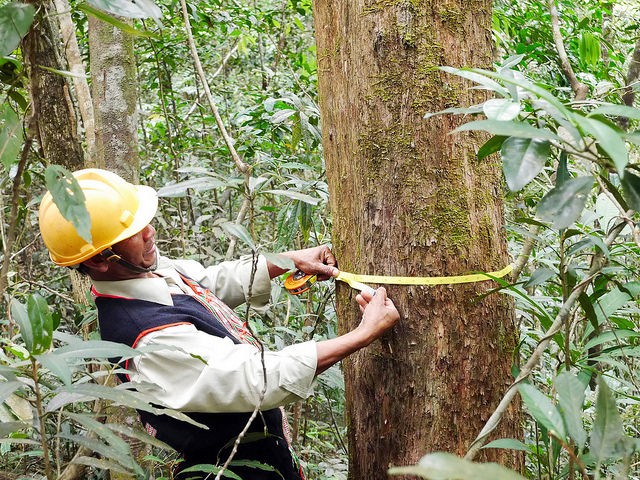
Environmental concerns are among the chief impediments to Asia’s long-term development success. Rapid economic growth has led to dramatic increases in the use of natural resources and wrought unprecedented damage on Asia’s forests, fisheries, wildlife and vulnerable ecosystems. Asia’s developing countries are among the world’s leading contributors to greenhouse gas emissions. At the same time, the Asia-Pacific region is also greatly affected by climate change due to the high concentrations of vulnerable populations living along coastal areas and river basins.
Working under the President’s Global Climate Change Initiative, USAID supports regional partnerships to reduce greenhouse gas emissions, catalyzing adoption of clean energy technologies and reducing deforestation and emissions from the land use sector. USAID promotes climate-resilient agriculture and infrastructure development through the Lower Mekong Initiative, establishes climate-resilient food security boosting fisheries and coastal communities, enhances urban planning to prepare for climate change impacts and builds governments’ capacity to access climate information and adaptation financing.
To minimize threats to biodiversity and regional security, USAID’s regional wildlife trafficking efforts reduce consumer demand for illegal products and increase law enforcement capacities. USAID uses science and technology to better inform policies that address large-scale hydropower and irrigation, and to properly value ecosystem services.
For more information on our projects, please click here.







Comment
Make a general inquiry or suggest an improvement.